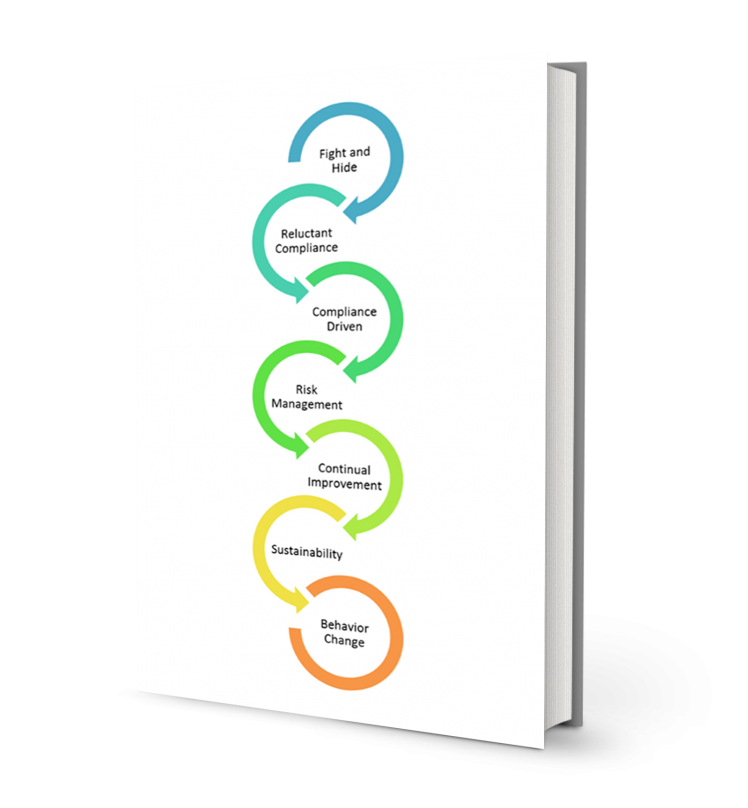AWARENESS AND USE OF ARTIFICIAL INTELLIGENCE AMONG UNDERGRADUATE ECONOMICS STUDENTS IN ANAMBRA STATE
Nkemdilim, Anayo Isaac
Ai.nkemdilim@unizik.edu.ng Nnamdi Azikiwe University, Awka.
Okenwa-Fadele, ijeoma
ia.okenwa-fadele@unizik.edu.ng Nnamdi Azikiwe University, Awka
Emeka, Ifeanyi David
id.emeka@unizik.edu.com Nnamdi Azikiwe University, Awka. Anambra State
Oyeyemi, Ahmed Ademola
aa.oyeyemi@unizik.edu.ng Nnamdi Azikiwe University, Awka.
Balami, Daniel Ibrahim
Danielbami99@gmail.com Nnamdi Azikiwe University, Awka
The study examined the awareness and use of artificial intelligence among university undergraduate Economics students in Anambra state. The study adopted a descriptive research design and three research questions guided the study. The study was carried out in Chukwuemeke Odumegwu Ojukwu University Igbariam Campus and Nnamdi Azikiwe University, Awka, Anambra State. The population of the study comprised all the Economics department students in the Faculty of Social Science Chukwuemeke Odumegwu Ojukwu University and Nnamdi Azikiwe University, Awka, Anambra State with population of 2,520 students. (Source: Directorate of Academic Planning of Chukwuemeke Odumegwu Ojukwu University and Nnamdi Azikiwe University Awka, 2023). Simple random sampling technique was used to obtain 120 students each from the two departments. This brought the sample size to 240 students. Instrument for data collection was a researchers-developed questionnaire titled ??Awareness and Use of Artificial Intelligence among Undergraduate Students (AUAIUS)?? was used to obtain data from the respondents. The statistical measure that was used to analyze the data collected is the mean statistical methods. The findings of the study revealed that Economics undergraduate students in Anambra state are aware of artificial intelligence, there are factors that influence the use of AI among Economics students in Anambra state and there are potential challenges that Economics students in Anambra state may face in the use of AI. The study recommended among other that universities managements should make funds available for the acquisition of necessary facilities that will promote effective deployment of AI technologies.
Chassignol, M., Khoroshavin, A., Klimova, A., &Bilyatdinova, A. (2018). Artificial Intelligence trends in education: A narrative overview. Procedia Computer Science, 136, 16–24. https://doi.org/10.1016/j.procs.2018.08.233 De-Lima-Santos M. and Lucia M., (2021) “A challenging future for the Latin American news media industry.”In journalism, data and technology in Latin America, edited by Ramón Salaverría and Mathias-Felipe De-Lima-Santos,1st ed., 229–62. Cham: Palgrave Macmillan, Cham. https://doi.org/10.1007/978-3-030-65860-1_8. Guanah, S. J., Agbanu, N. V. & Obi, I. (2020). Artificial intelligence and journalism practice in Nigeria: Perception of journalists in Benin City, Edo State. International review of humanities Studies, 5(2): 698-715. Available at: www.irhs.ui.ac.id. Guzman, Andrea L., and Seth C. Lewis. (2020). “Artificial intelligence and communication: A human–machine communication research agenda.” New media & society 22 (1): 70–86. https://doi.org/10.1177/1461444819858691 McCorduck P (2014). Machines who think. Artificial intelligence. Pp.340–400. McGuire B (2016). History of AI applied to Chess. Washington: History of Computing CSEP 590A. Murphy, R. F. (2019). Artificial Intelligence Applications to Support K-12 Teachers and Teaching: A Review of Promising Applications, Opportunities, and Challenges. 20. Uchehukwu, A. (2018). The Role of AI in Modern Computing_and Education. Technology Education

